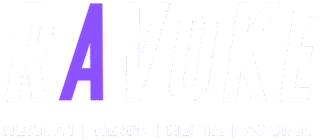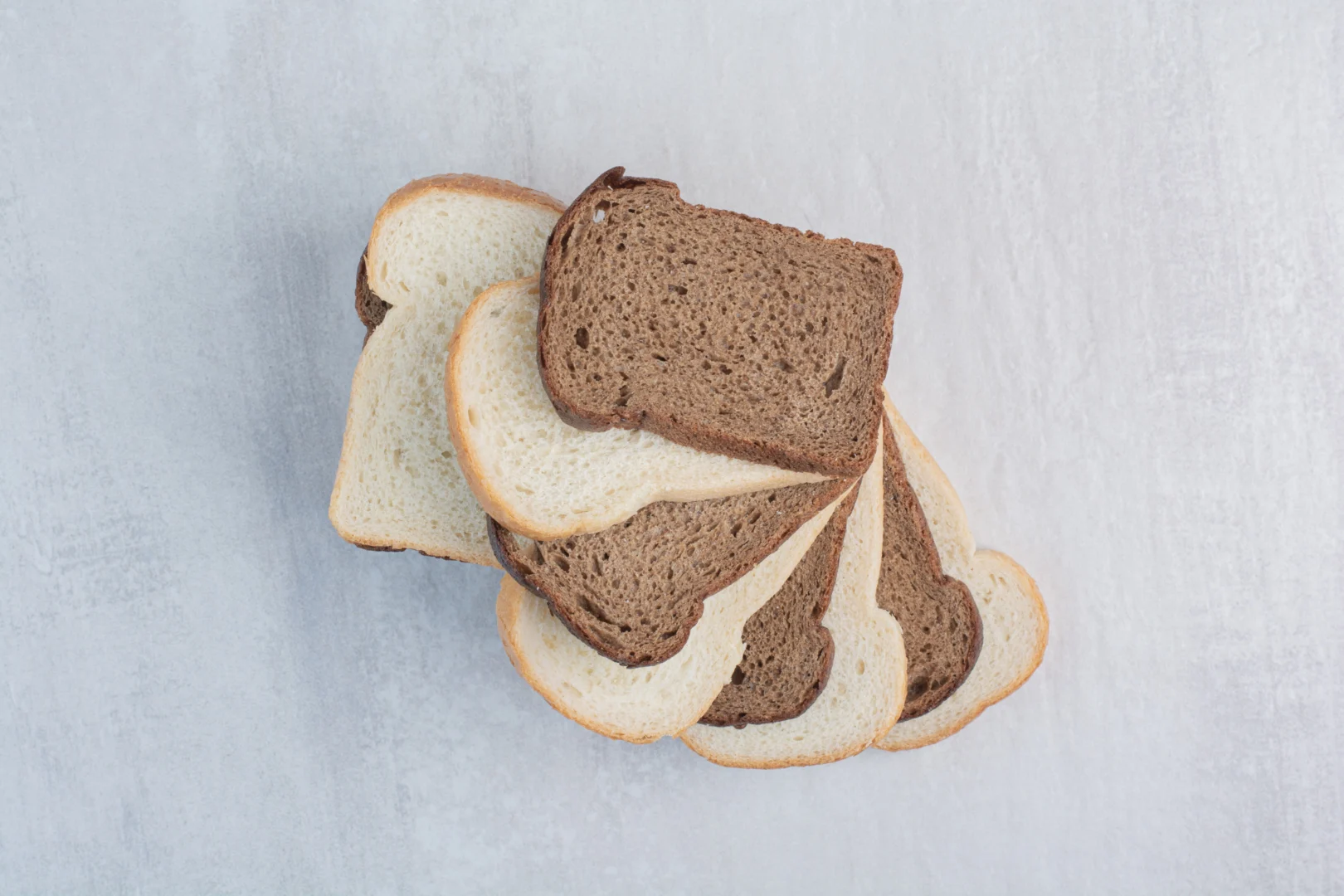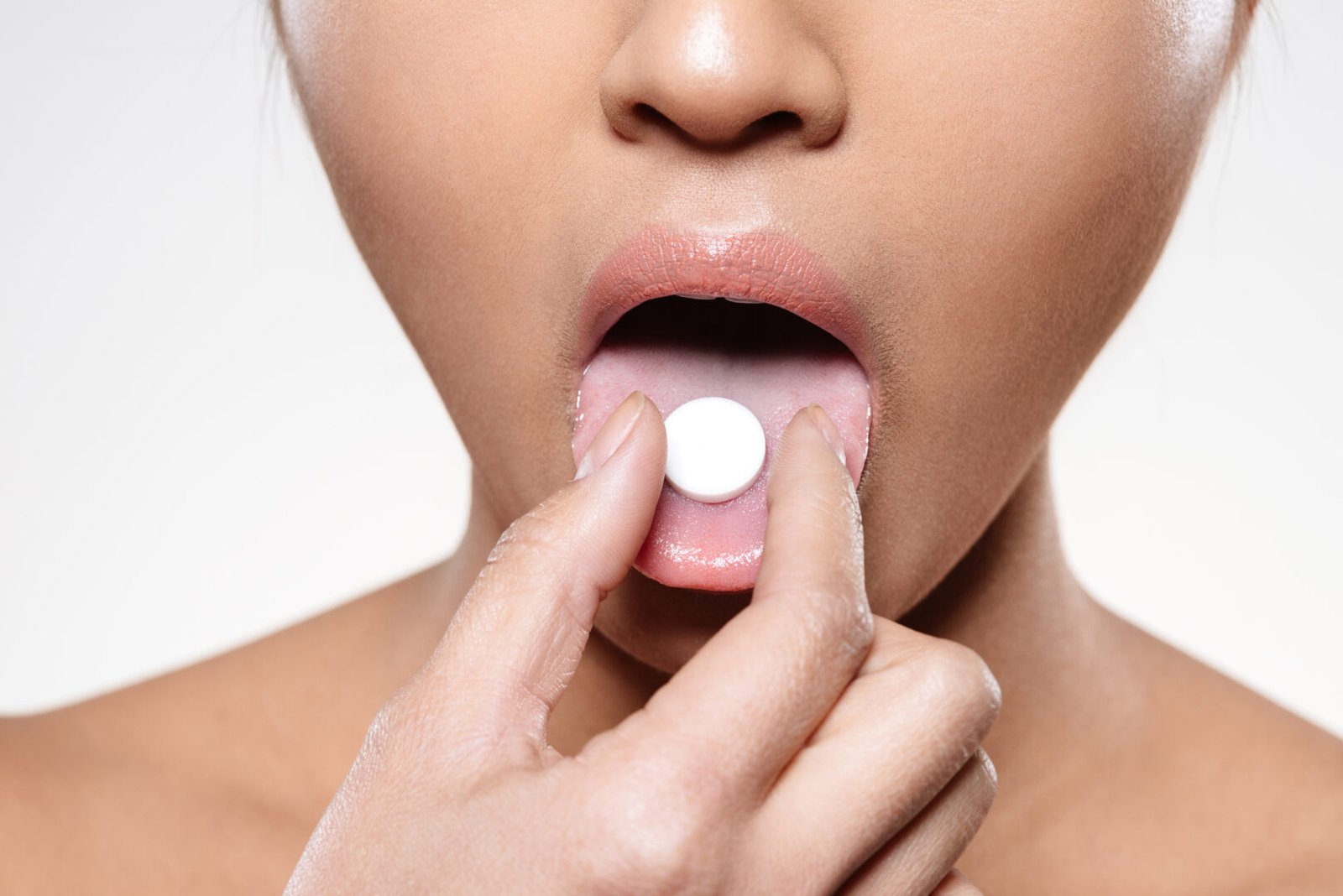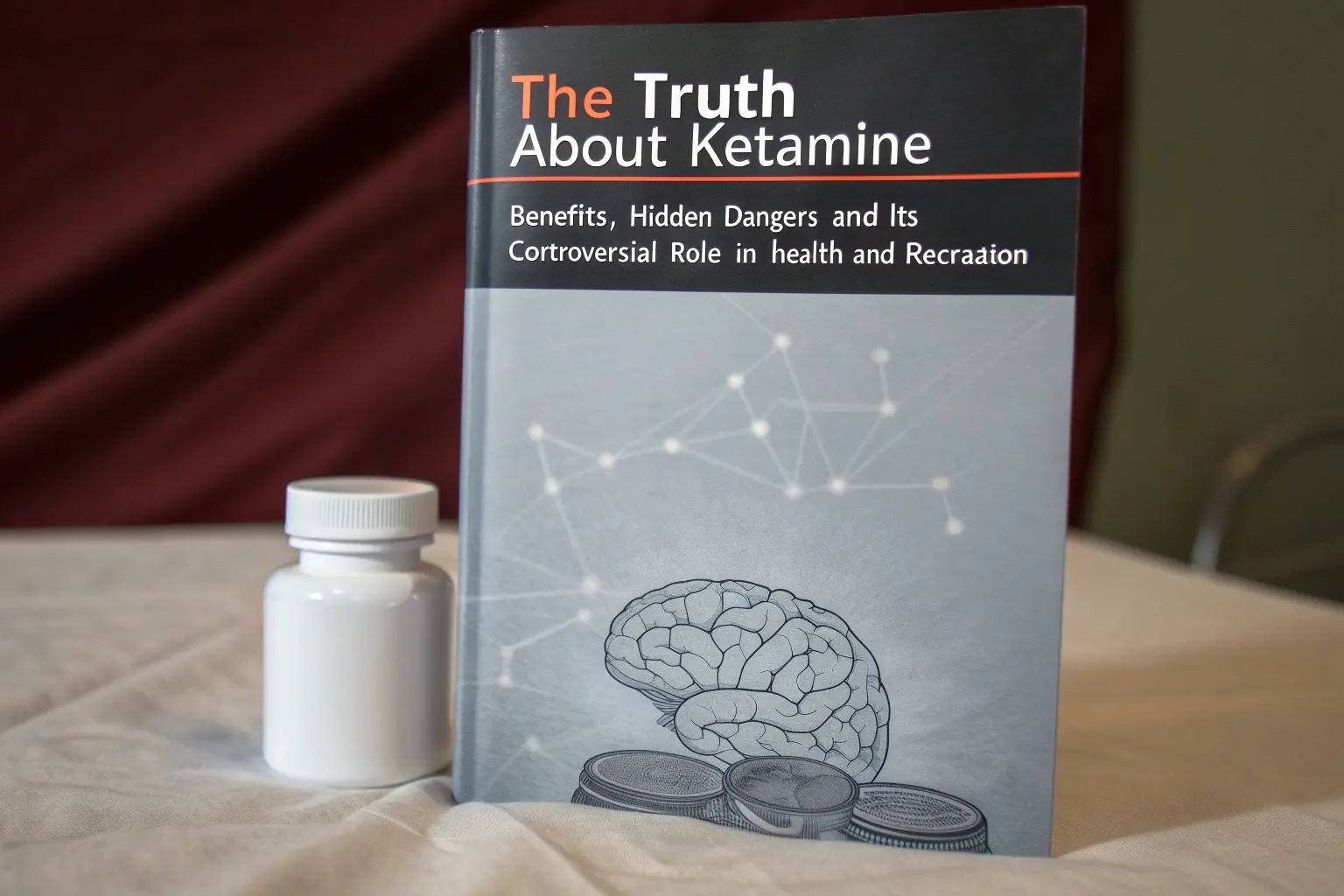A Mammogram With More to Tell: Protecting Both Breast and Heart Health
By Cristin Weir for Ravoke.com She arrives for her mammogram, the kind of appointment that many women know well. It is routine, familiar, and quietly filled with hope that the
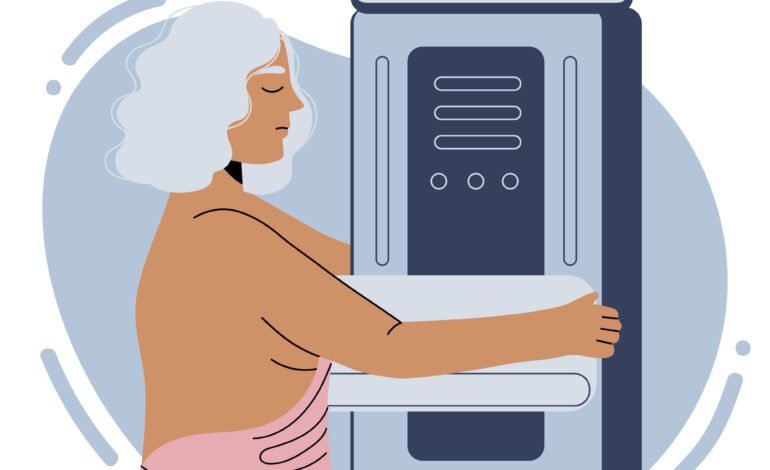
By Cristin Weir for Ravoke.com
She arrives for her mammogram, the kind of appointment that many women know well. It is routine, familiar, and quietly filled with hope that the results will come back clear. For decades, this test has stood as one of the cornerstones of women’s preventive care, offering early detection of breast cancer and saving lives in every corner of the world.
But what if that very same scan could also reveal something else. Not just the state of her breast tissue, but the health of her heart.
A New Way of Looking at an Old Test
In Australia, a team of researchers explored this possibility by turning to artificial intelligence. They examined nearly fifty thousand women who were part of the Lifepool research program and trained an algorithm to study mammogram images. Instead of limiting its focus to cancer, the program looked for hidden details such as calcium deposits in breast arteries and subtle patterns in tissue.
The results, published in the journal Heart, were striking. The technology was able to predict a woman’s risk of experiencing major cardiovascular problems such as heart attacks and strokes within ten years. The accuracy was on par with the traditional calculators that physicians use today, which rely on age, blood pressure, and cholesterol levels.
This means a mammogram, long considered a single purpose test, may be capable of serving two vital roles at once.
A Growing Body of Research
This idea is not limited to one study. Around the globe, evidence continues to build that mammograms can provide valuable insights into cardiovascular health.
A study of more than one hundred thousand women across two healthcare systems found that even mild calcium deposits visible on mammograms were linked to a higher risk of heart disease. The danger increased steadily with moderate and severe levels of calcium, and the pattern was consistent even among women under fifty.
An eighteen year follow up of nearly four hundred women showed that those with calcium in breast arteries were far more likely to develop cardiovascular disease. Twenty three percent of women with calcium buildup experienced heart problems compared with less than fourteen percent of those without it.
Another study focused on women aged forty to fifty nine found that mammogram findings predicted cardiovascular risk even in those with no other warning signs. Women without high blood pressure, high cholesterol, or diabetes still carried hidden risks that the mammogram images revealed.
Advances in automated tools are making this work even more promising. Artificial intelligence can now be used to consistently measure the amount of calcium on mammograms, removing the variability that can occur when images are interpreted by eye. This allows for faster and more reliable analysis across large populations.
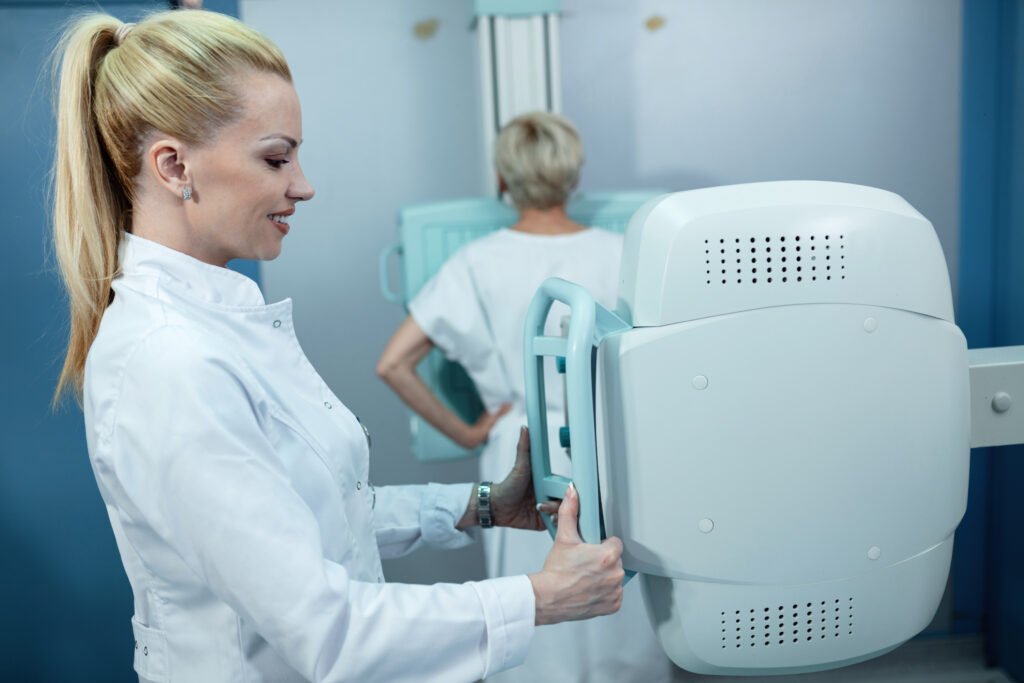
Why This Matters Everywhere
Breast cancer and heart disease remain two of the most significant health threats facing women worldwide. Heart disease is the leading cause of death among women, while breast cancer is one of the most common diagnoses. Both bring immense strain on families, communities, and healthcare systems.
The idea of using one test to screen for both illnesses is compelling. Women already attend mammogram appointments in midlife, which is the same stage of life when heart disease risk begins to rise. By making fuller use of these existing images, women could gain critical information without needing additional tests or more appointments.
For healthcare systems, the value is clear. A single appointment serving two purposes can save costs, improve early detection, and expand access to prevention. For women, the value is more personal. One scan could offer double the reassurance, protecting both breast health and heart health in a single moment of care.
Read About:
Cardiac CRP: The Silent Marker That Could Predict Your Heart’s Future
How This Helps Patients
The real power of this research lies in how it can improve the lives of women sitting in the waiting rooms, changing into gowns, and trusting that their mammogram will protect their future. Adding cardiovascular screening to a test women already know and rely on makes prevention more immediate, more personal, and more effective.
For patients, it begins with reassurance. One appointment now works harder, offering two kinds of answers in the same moment. A mammogram can confirm that breast tissue is clear of signs of cancer while also revealing whether the arteries hold calcium deposits that may signal early heart risk. Instead of waiting until chest pain or fatigue sends someone to the emergency room, the risk can be spotted in its earliest stages, long before damage is done.
This early warning creates a pathway for action. A woman who learns she has a higher cardiovascular risk can begin conversations with her doctor about lifestyle changes, medication, or closer monitoring. It may mean adding more fresh foods and fiber to her meals, adjusting her activity levels, or starting medication that protects her heart for decades to come. Each of these steps, made possible because of information gleaned from a mammogram, helps turn what could have been a crisis into a manageable part of her care.
There are emotional benefits as well. Preventive care is not only about catching illness, it is about reducing the weight of uncertainty. Many women leave medical appointments carrying silent worry about what might have been missed. Knowing that a familiar test has now checked for both cancer and cardiovascular risk can ease that mental burden. Peace of mind is as valuable as any prescription, especially for women balancing family, work, and their own health.
It also makes prevention more practical. Too often, separate screenings require additional appointments, extra costs, and more time away from work or family responsibilities. By doubling the purpose of the mammogram, healthcare becomes more efficient and more accessible. It reduces barriers for women who may already face challenges finding time, transportation, or financial coverage for preventive care.
Ultimately, the benefit to patients is measured not only in statistics but in stories — the mother who is able to see her children grow up because her risk was found early, the grandmother who avoids a stroke and continues to live independently, the woman in her fifties who can trust that one routine appointment gave her both clarity and control. A mammogram that looks beyond the breast has the power to turn routine care into life saving insight, offering women a stronger foundation for health today and in the years ahead.
Prevention as the Future of Medicine
Too often, medicine waits until a disease has taken hold before action begins. The future must look different. Prevention means identifying risk before illness strikes. It means taking steps early, when intervention is most effective and the outcomes can be most transformative.
Using mammograms in this expanded way offers a glimpse of that future. It does not replace cholesterol checks, blood pressure monitoring, or healthy lifestyle choices, but it can strengthen them. It provides another layer of insight and another chance to keep women healthier for longer.
Looking Ahead
For researchers, the challenge is to continue refining these tools and testing them across diverse populations. For health leaders and policymakers, the opportunity is to expand the definition of what a mammogram can do and consider guidance that recognizes its dual purpose.
And for women everywhere, this knowledge can bring comfort and empowerment. The same test that has been trusted for decades may soon protect in ways we never imagined. It is a reminder that innovation in healthcare does not always mean inventing something new. Sometimes it means reimagining the tools we already have.
Key Studies at a Glance
The Australian study in 2024 examined nearly fifty thousand women and showed that mammograms could predict ten year cardiovascular risk with accuracy equal to traditional tools. A large scale analysis in 2025 reviewed more than one hundred thousand women and found that even mild calcium on mammograms was linked to higher cardiovascular risk, including in women under fifty. An eighteen year follow up in 2024 with almost four hundred women showed that those with calcium buildup were nearly twice as likely to develop cardiovascular disease. A study of younger women in 2025 showed that mammograms revealed hidden cardiovascular risk even without typical warning signs. Work published in 2024 demonstrated that artificial intelligence can provide reliable and scalable scoring of calcium on mammograms, which improves consistency and efficiency.
About the Author
Cristin Weir is a public health professional and writer with a background in trauma informed social work, forensic interviewing, and childhood mental health. She focuses on connecting science to everyday life and on sharing preventive health stories that help women and families make confident choices.
